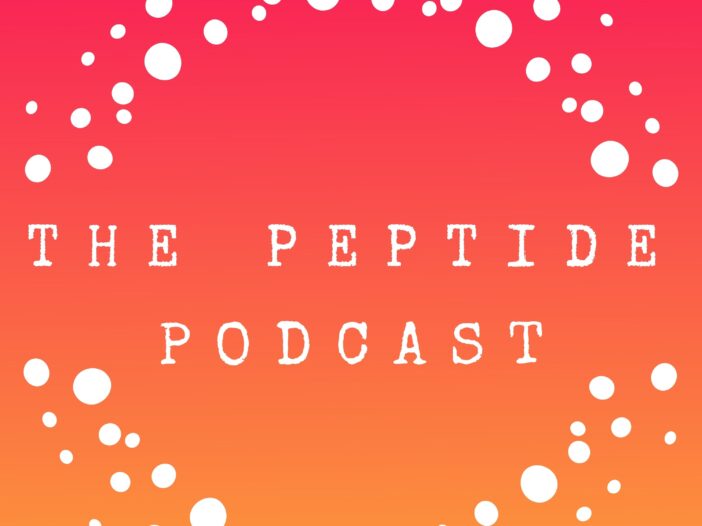
Today we’re going to talk about fruit and some common myths about fruit sugars that have formed.
Most myths happen when people misunderstand research or news stories. The truth is many different fruits make a great addition to your snacks and meals. But fructose, the sugar in fruit, is often considered unhealthy, and some people avoid eating fruit because of this.
I get asked about fruit sugar a lot. Of course, how much fruit sugar you consume is important for any nutrition plan, but also it’s important for people taking semaglutide as it should be used with lifestyle changes, including a healthy diet and exercise, to help people lose weight.
But first, I think it’s important to review the difference between simple and complex sugars. On a basic level, simple sugars are broken down quickly by the body. Complex sugars take a longer time to break down.
The time it takes for sugar to move through your digestive system is important because it affects your blood sugar. Simple sugars increase your blood sugar more quickly, while complex sugars lead to a more steady increase in your blood sugar.
Because of this, it’s recommended to eat mostly complex sugars and limit simple sugars. But, not all simple sugars increase blood sugar faster than complex sugars. For example, because fruit has fiber, your body will absorb it more slowly, causing your blood sugar to increase less than it would if you ate a piece of cake.
What are some examples of simple sugars?
As we said, simple sugars include natural sugars like whole fruit, and processed sugars are added to foods like baked goods, cereals, and other ultra-processed foods (e.g., soda, candy, ice cream, and packaged snacks).
What are some examples of complex sugars?
Complex sugars are usually found in whole foods and unprocessed foods. This would include foods like quinoa, rice, sweet potato, fresh vegetables, beans, and lentils.
How much fructose is okay to eat per day?
It’s recommended to eat 2 cups of whole fruit per day. It’s best to avoid packaged dried fruit and fruit juice. Dried fruit is typically higher in sugar, depending on how it’s made and packaged. Fruit juice lacks fiber and also tends to have added sugars.
There are also many health benefits from eating whole fruit. Keep in mind whole fruit is rich in vitamins and minerals. And fruits like wild blueberries, cranberries, blackberries, plums, raspberries, and strawberries have many beneficial antioxidants that may help delay aging.
Studies also show that eating fruit lowers your risk of dementia, depression, Alzheimer’s disease, heart disease, high blood pressure, and type 2 diabetes. This is likely due to the anti-inflammatory antioxidants found in fruit.
We’ve discussed gut health on this podcast in the context of BPC 157 and the importance of maintaining a healthy gut microbiome. And we learned that your gut microbiome plays many roles in your body, from digesting your food to breaking down toxins in your gut and protecting you from outside bacteria.
Many factors can influence your gut microbiome. Your genes, upbringing, and habits can all affect your gut microbiome. Because your gut microbiome is made up of living bacteria and organisms, it may change over time. One of the main influences on our gut microbiome is our diet. It’s important to focus on eating diverse foods, particularly high-fiber foods like whole fruits and vegetables, to lower our risk of constipation and even colon cancer.
Which fruits are the lowest in sugar?
Raspberries (3 grams of sugar/ 1 cup), strawberries (5 grams of sugar/ 1 cup), watermelon (6 grams of sugar/ 1 cup), and blueberries (9 grams of sugar/ 1 cup) are among the top fruits with the lowest amount of sugar.
Thanks again for listening to The Peptide Podcast. You can find more information at pepties.com. We love having you as part of our community. If you love this podcast, please share it with your friends and family on social media. Have a happy, healthy week!
Pro Tips
We’re huge advocates of using daily collagen peptide supplements in your routine to help with skin, nail, bone, and joint health. But what do you know about peptides for health and wellness?
Giving yourself a peptide injection can be scary or confusing. But we’ve got you covered. Check out 6 tips to make peptide injections easier. And, make sure you have the supplies you’ll need. This may include syringes, needles, alcohol pads, and a sharps container.
Leave a Reply